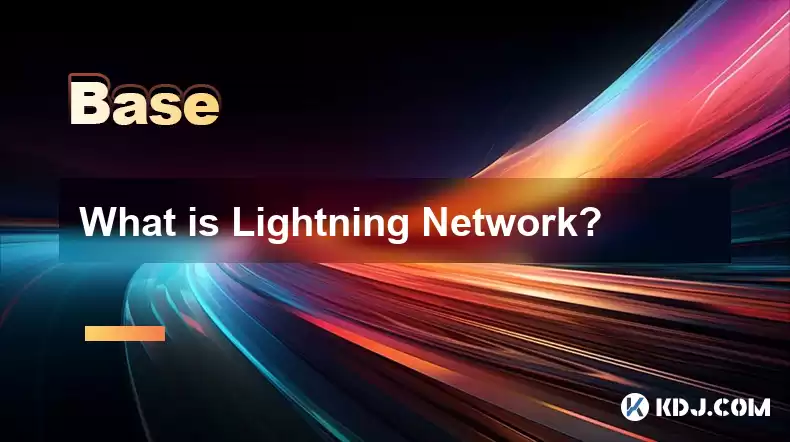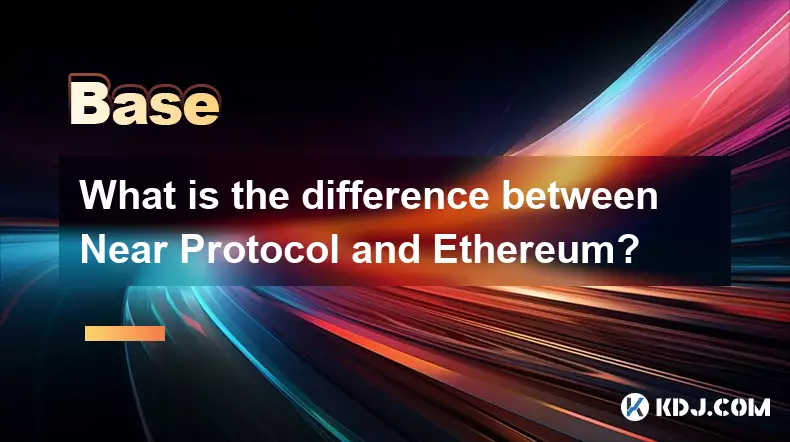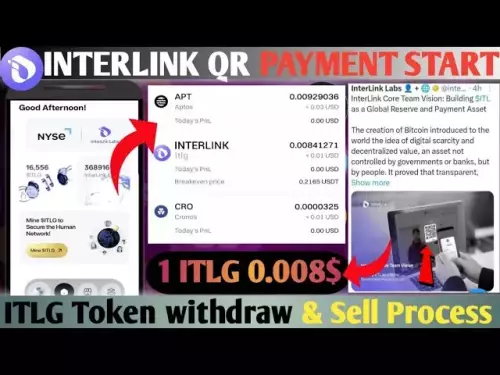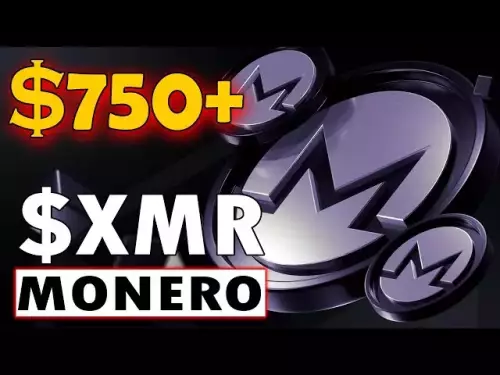-
 bitcoin
bitcoin $107208.295278 USD
-1.54% -
 ethereum
ethereum $3874.629914 USD
-1.38% -
 tether
tether $1.000440 USD
0.03% -
 bnb
bnb $1089.465513 USD
-5.53% -
 xrp
xrp $2.327672 USD
-1.65% -
 solana
solana $184.766505 USD
-0.73% -
 usd-coin
usd-coin $1.000076 USD
0.02% -
 tron
tron $0.310632 USD
-1.99% -
 dogecoin
dogecoin $0.187615 USD
-1.60% -
 cardano
cardano $0.633389 USD
-2.75% -
 ethena-usde
ethena-usde $0.999553 USD
0.03% -
 hyperliquid
hyperliquid $35.608231 USD
-4.13% -
 chainlink
chainlink $16.876114 USD
-3.98% -
 stellar
stellar $0.312239 USD
-0.91% -
 bitcoin-cash
bitcoin-cash $473.262969 USD
-7.09%
What is Lightning Network?
Lightning Network, a layer-2 solution built on the Bitcoin blockchain, enables fast, inexpensive, and scalable transactions by utilizing payment channels for off-chain settlement.
Feb 17, 2025 at 12:00 pm

- Lightning Network is a layer-2 payment protocol that operates on top of the Bitcoin blockchain.
- It enables faster, cheaper, and more scalable Bitcoin transactions.
- Lightning Network utilizes a network of payment channels to facilitate off-chain transactions.
Lightning Network (LN) is an innovative solution to address the scalability limitations of the Bitcoin blockchain. As Bitcoin's popularity grew, the network faced constraints in processing transactions, leading to high transaction fees and delays. Lightning Network was developed as a second-layer solution that complements the Bitcoin blockchain.
How Lightning Network Works:- Establishing Payment Channels:
- LN users establish payment channels with each other.
- These channels are funded with Bitcoin from the participants' wallets.
- This process creates a direct connection between the users, allowing for instant transactions.
- Transacting within the Channel:
- Transactions within the channel are executed off-chain, without affecting the Bitcoin blockchain.
- The participants can send and receive Bitcoin within the channel's capacity.
- No fees are incurred for these on-chain transactions.
- Closing the Channel:
- When the participants wish to finalize the channel, they close it and update the balances on the Bitcoin blockchain.
- The final balances reflect the total transactions processed within the channel.
- Settlement on Bitcoin:
- If there is a net balance in the channel, it is settled on the Bitcoin blockchain.
- This process involves broadcasting the channel's closing transaction, which updates the Bitcoin ledger.
- Scalability: Offloads transaction volume from the Bitcoin blockchain, enabling higher transaction throughput.
- Speed: Transactions are confirmed instantly within payment channels, eliminating blockchain delays.
- Cost-Effectiveness: Significantly reduces transaction fees compared to on-chain Bitcoin transactions.
- Privacy: Preserves user privacy as transactions occur off-chain, obscuring the sender and recipient information.
- Interoperability: Compatible with different Bitcoin wallets and applications, allowing for wider adoption.
A: Lightning Network is a separate protocol that operates on top of the Bitcoin blockchain. It complements Bitcoin by providing faster, cheaper, and scalable transactions.
Q: Is Lightning Network secure?A: Yes, Lightning Network is considered highly secure. Payment channels are protected by cryptography, and transactions require the cooperation of both participants.
Q: Can I use Lightning Network without a Bitcoin wallet?A: No, you will need a compatible bitcoin wallet that supports Lightning Network integration. Popular wallets include Strike, Muun, and Phoenix.
Q: How can I get started with Lightning Network?A: To start using Lightning Network, you will need a compatible Bitcoin wallet. Open a payment channel with another user and fund it with Bitcoin to initiate transactions.
Q: What are the limitations of Lightning Network?A: Lightning Network currently has limitations in its scalability and interoperability with different wallets and exchanges.
Disclaimer:info@kdj.com
The information provided is not trading advice. kdj.com does not assume any responsibility for any investments made based on the information provided in this article. Cryptocurrencies are highly volatile and it is highly recommended that you invest with caution after thorough research!
If you believe that the content used on this website infringes your copyright, please contact us immediately (info@kdj.com) and we will delete it promptly.
- Bitcoin, Altcoins, and Market Jitters: Navigating Crypto's Wild Ride
- 2025-10-19 00:25:17
- XRP Millionaire by 2030: Hopes, Hurdles, and How Much You Need
- 2025-10-19 00:25:17
- Falcons, 49ers, and the Odds: A Surprising Gridiron Story
- 2025-10-19 00:30:14
- Bitcoin's Next Decade: Will It Soar?
- 2025-10-19 00:45:12
- Ondo Finance, the SEC, and Tokenization: A New York Minute on Crypto's Regulatory Dance
- 2025-10-19 00:45:12
- Crypto, Million, Play: Is Digitap the Next Big Thing?
- 2025-10-19 01:05:16
Related knowledge

How do decentralized identity (DID) solutions work?
Oct 14,2025 at 11:36pm
Understanding Decentralized Identity in the Blockchain Ecosystem1. Decentralized identity (DID) solutions are built on blockchain networks, allowing i...

What is the difference between Near Protocol and Ethereum?
Oct 15,2025 at 08:01am
Near Protocol and Ethereum: Core Architectural Differences1. Near Protocol operates on a sharded blockchain architecture known as Nightshade, which al...

What does it mean for code to be "open source" in crypto?
Oct 12,2025 at 01:54pm
Understanding Open Source in the Cryptocurrency Ecosystem1. In the context of cryptocurrency, open source refers to software whose code is publicly ac...

What is the purpose of a "testnet"?
Oct 12,2025 at 09:01am
Understanding the Role of Testnets in Blockchain Development1. A testnet serves as a parallel version of a blockchain network, designed specifically f...

How to avoid phishing scams in crypto?
Oct 13,2025 at 06:18pm
Understanding Common Crypto Phishing Tactics1. Cybercriminals frequently use fake websites that mirror legitimate crypto exchanges or wallet platforms...

What is the difference between single-collateral and multi-collateral Dai?
Oct 12,2025 at 05:18pm
Understanding Single-Collateral Dai1. Single-Collateral Dai (SCD) was the original version of the Dai stablecoin launched by MakerDAO in 2017. It allo...

How do decentralized identity (DID) solutions work?
Oct 14,2025 at 11:36pm
Understanding Decentralized Identity in the Blockchain Ecosystem1. Decentralized identity (DID) solutions are built on blockchain networks, allowing i...

What is the difference between Near Protocol and Ethereum?
Oct 15,2025 at 08:01am
Near Protocol and Ethereum: Core Architectural Differences1. Near Protocol operates on a sharded blockchain architecture known as Nightshade, which al...

What does it mean for code to be "open source" in crypto?
Oct 12,2025 at 01:54pm
Understanding Open Source in the Cryptocurrency Ecosystem1. In the context of cryptocurrency, open source refers to software whose code is publicly ac...

What is the purpose of a "testnet"?
Oct 12,2025 at 09:01am
Understanding the Role of Testnets in Blockchain Development1. A testnet serves as a parallel version of a blockchain network, designed specifically f...

How to avoid phishing scams in crypto?
Oct 13,2025 at 06:18pm
Understanding Common Crypto Phishing Tactics1. Cybercriminals frequently use fake websites that mirror legitimate crypto exchanges or wallet platforms...

What is the difference between single-collateral and multi-collateral Dai?
Oct 12,2025 at 05:18pm
Understanding Single-Collateral Dai1. Single-Collateral Dai (SCD) was the original version of the Dai stablecoin launched by MakerDAO in 2017. It allo...
See all articles










































































